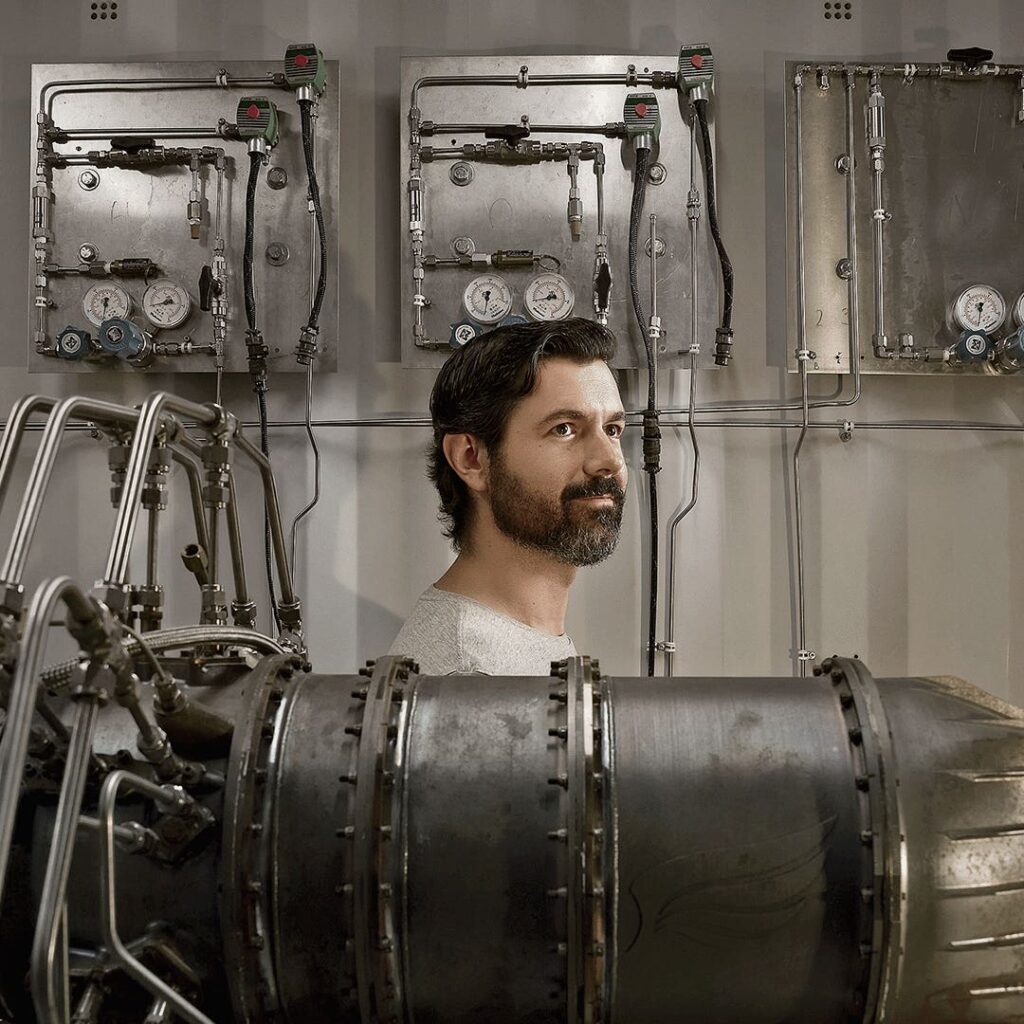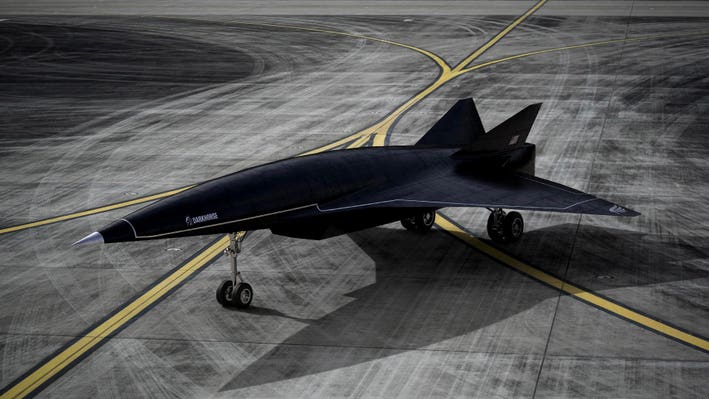Hermeus, an Atlanta startup, is working on a passenger plane that could connect New York to Paris in just 90 minutes. With a prototype called Quarterhorse, the American company aims to reach the speed of Mach 5, five times faster than sound. Many may consider hypersonic air travel a pipe dream, but the Pentagon has already shown its support.
After all, it would not be a simple evolution of supersonic flight, but a real paradigm shift in the world of aviation.
Hypersonic aircraft, a leap into the future of aviation
Everyone dreams of getting to their destination sooner on the subject of long air travel. Hermeus he wants to enable it by breaking the sound barrier not once, but 5 times.
Earlier this month, a 40-foot-long curved aluminum skeleton waited in Hermeus' vast Atlanta factory: The prototype, known as the Quarterhorse, is the first step toward a pretty bold goal.
Even if it never flies, its role is critical: testing and experimenting with technologies that could power the future of hypersonic aviation.
Hypersonic Planes: Will They Outclass Concorde's Dream?
20 years have passed since the last flight of Concorde, the innovative (but deficient) supersonic jet. Since then, many startups have attempted to bring supersonic travel back to life, but to no avail. AJ Piplica, CEO of Hermeus, acknowledges the technical challenges but stresses that the real difficulties are economic.
After all, raising billions to develop hypersonic passenger aircraft is no small feat at all.

The role of the Pentagon
But how can a startup overcome these financial challenges? The answer may lie in the Pentagon. Hermeus intends to demonstrate its technology by also developing hypersonic drones, capitalizing on Washington's urgency to compete with Russia and China in the production of maneuverable hypersonic missiles.
If all goes according to plan, Hermeus could affect global defense and security, eventually targeting civilian flight. Darkhorse and Quarterhorse drones in development, the company hopes to address and solve many of the technical unknowns of high-speed flight.
What would it be like to fly at that speed?
I would like to point out that my words are those of a person who is skeptical about the possibility of seeing hypersonic air travel for civilian passengers in the near future. We are talking about speeds that make our current concept of "fast" pale. I can't help but wonder: will we need special seat belts? Or maybe a crash course in how to manage hypersonic jet lag? Will we just start watching short films on board, since we wouldn't have time to watch long films?
Jokes aside, the road to creating a hypersonic passenger plane is gigantic. It must also be said, however, that the research continues: in terms of speed, Hermeus' Mach 5s are not even the greatest "promise". The Swiss startup destiny, in fact, is designing a hydrogen-powered aircraft designed to fly even at Mach 15: the project has already raised funds for 39 million dollars.
And you, dear readers, would you take such hypersonic aircraft?


